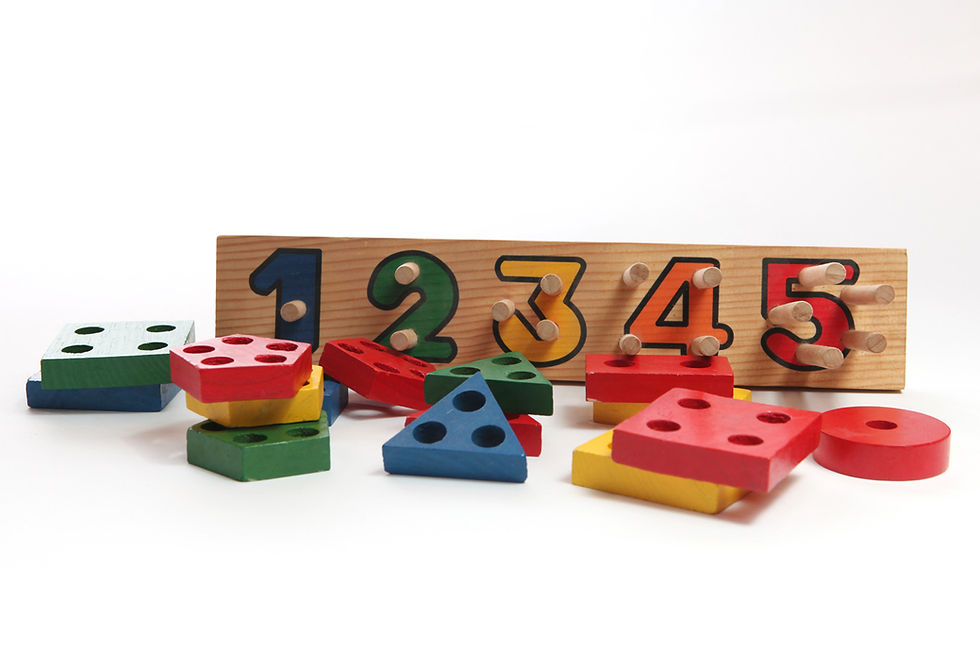The Effects of "Snow Day’s"
- Kristen Koppers

- Jan 30, 2019
- 3 min read

Living in Illinois, snow and cold temperatures are expected. In high school, I remember going to school (not barefoot in the snow uphills both ways like my parents told me and their parents told them) but walking a few blocks up to my bus stop. However, despite the cold temperatures and possible snow accumulations, we did not have any snow days throughout the year. According to the Internet, the coldest record temperature was in 1985 when it was -30°. In the last few years, we’ve had multiple snow days a year due to ice, several inches of snow fallen, and of course extreme cold.
While in the past there may have been one or two days that were canceled, this week we have two canceled days back to back. Putting this into perspective, the days are needed due to extreme temperatures. But how will that effect a student's retention of knowledge? As interesting as this thought might be, living in Illinois, the weather is always unpredictable from thunderstorms and tornados in November to freak snow storms in March. As a teacher, I need to learn how to Differentiate my teaching to provide the best learning for my students. Being a well-organized planner, I schedule what students will learn so I can keep up on preparing myself for my students. However, even with planning it does not always go the way I see it. Instead of cramming all the work that will be missed into one day instead of three days, I DI the teaching to focus on what work can be done individually and possibly at home and focus more on the instruction and discussion in the classroom. This is where e-learning days are possible.
E-learning is not something new or is it innovative. But it does provide a learning experience outside of the classroom. This is similar to online learning, blended learning, and (as we called them in the old days) correspondence learning, and televised learning. The value of e-learning can change the way snow days (or class cancellations) are effected. With 180 school days (176 student attendance days) within one school year, taking a "snow day" often interferes with summer breaks, vacations, and the thought of attending school well into June. Using e-learning days during the school year (when classes are cancelled), the make up days might not need to be used as students are still learning at home on days they would be in school.
So what does this amount to? It depends on how it's used. As a teacher of instruction, learning how to not only DI teaching within the classroom to accommodate a student's learning ability but utilizing how to differentiate instruction on snow days (e-learning days) can be beneficial to the students and teacher. The effects of snow days does affect many involved including: parents, students, teacher, administration, community, and well the list goes on.
So how does DI work in teaching during snow days. In all honesty, that depends on what is being taught and the level in which one is teaching. In the past, I have created videos using screen-cast-o-metic or Office Mix (which is no longer available). Even though it took some time to create, it was worth it because students can pause, replay, stop, or (even if they needed to) fast forward through certain parts of the video. For the learners that needed clarity, they were able to rewind as many times as needed. As to the opposite spectrum who are the learners that didn't need to go slow, they could fast forward the lesson. The fact that e-learning can turn into a Differentiated Lesson plan during a "snow day" is continuing the importance of education.
It is -25 degrees in Illinois. Stay warm!



Comments